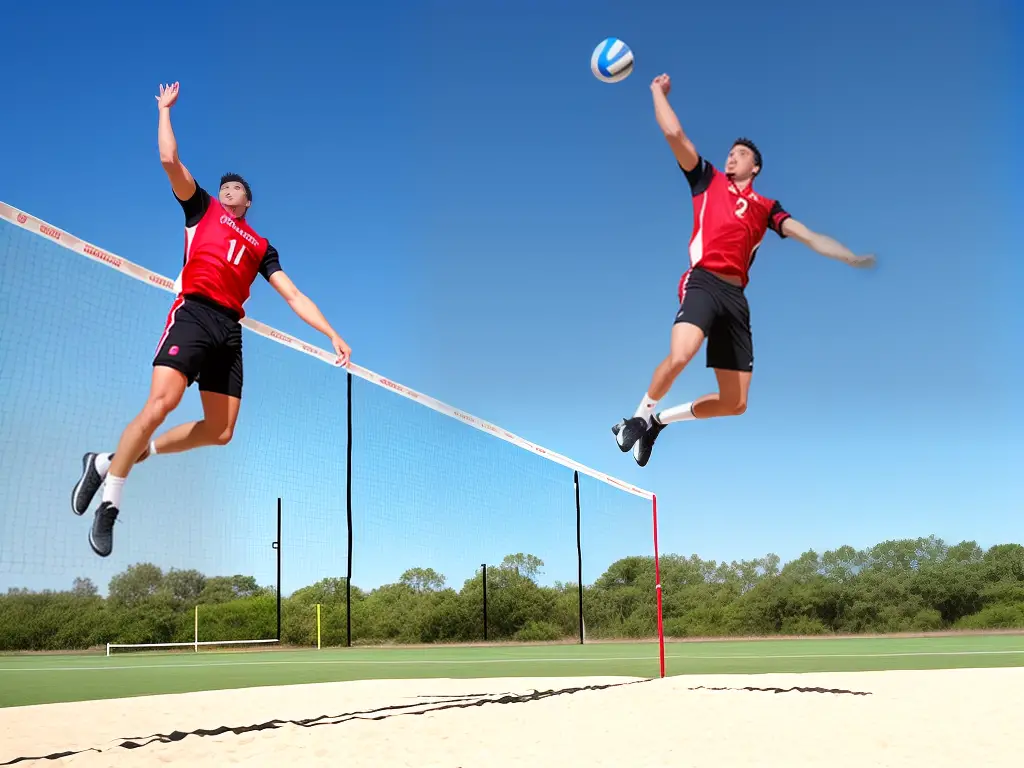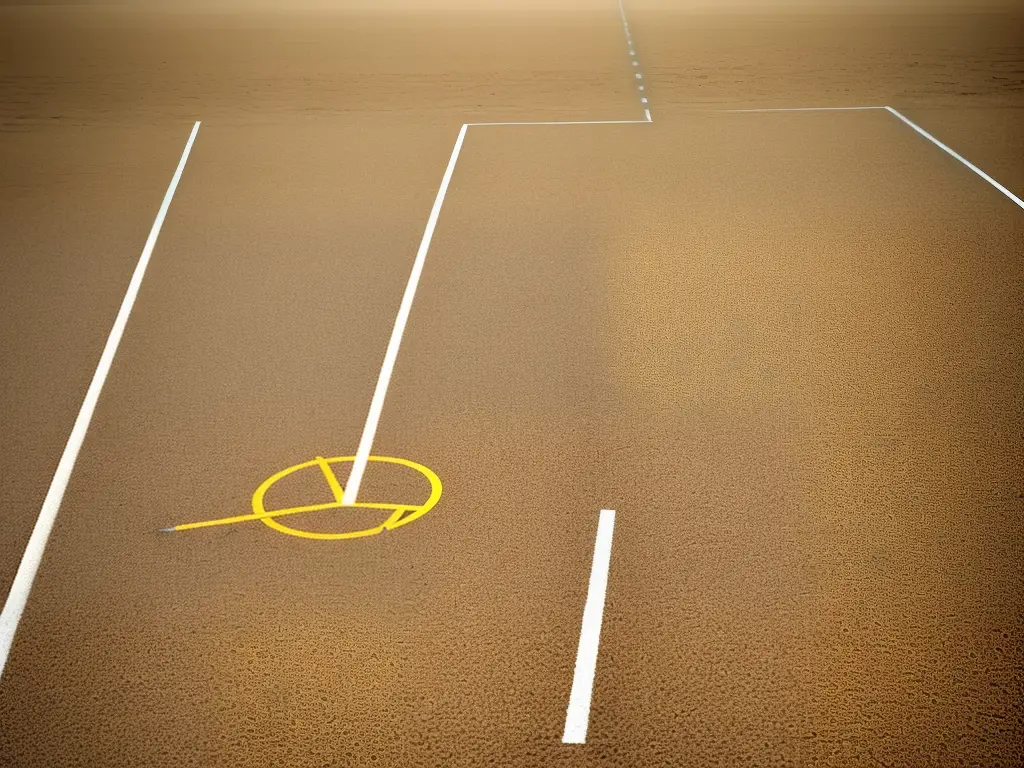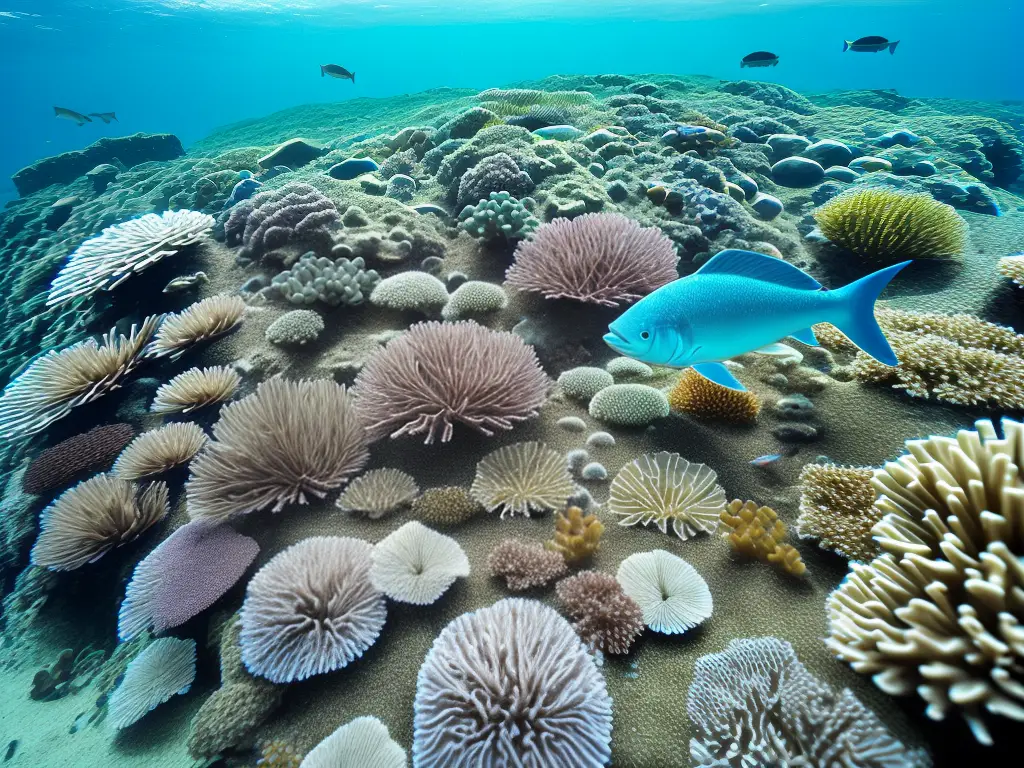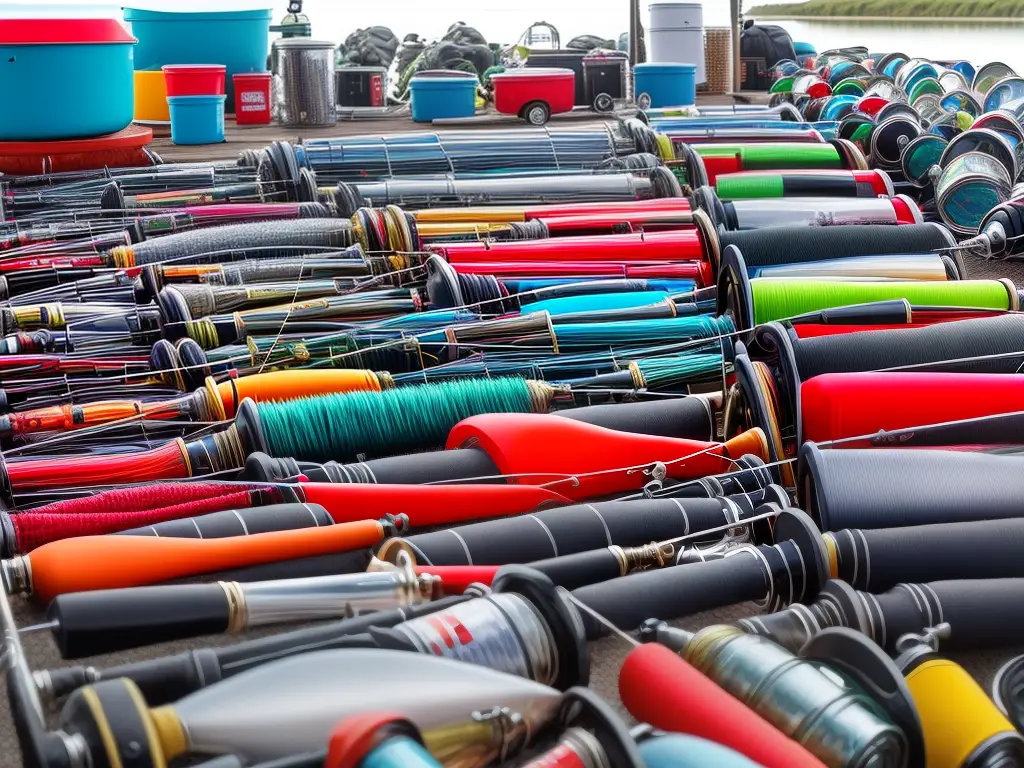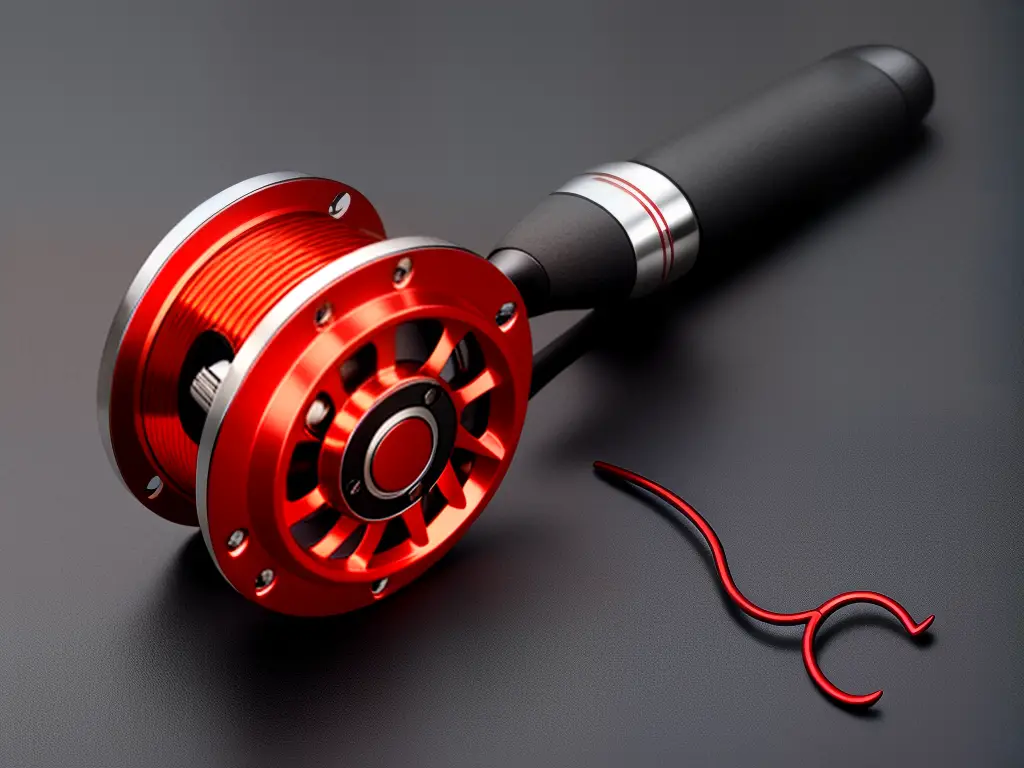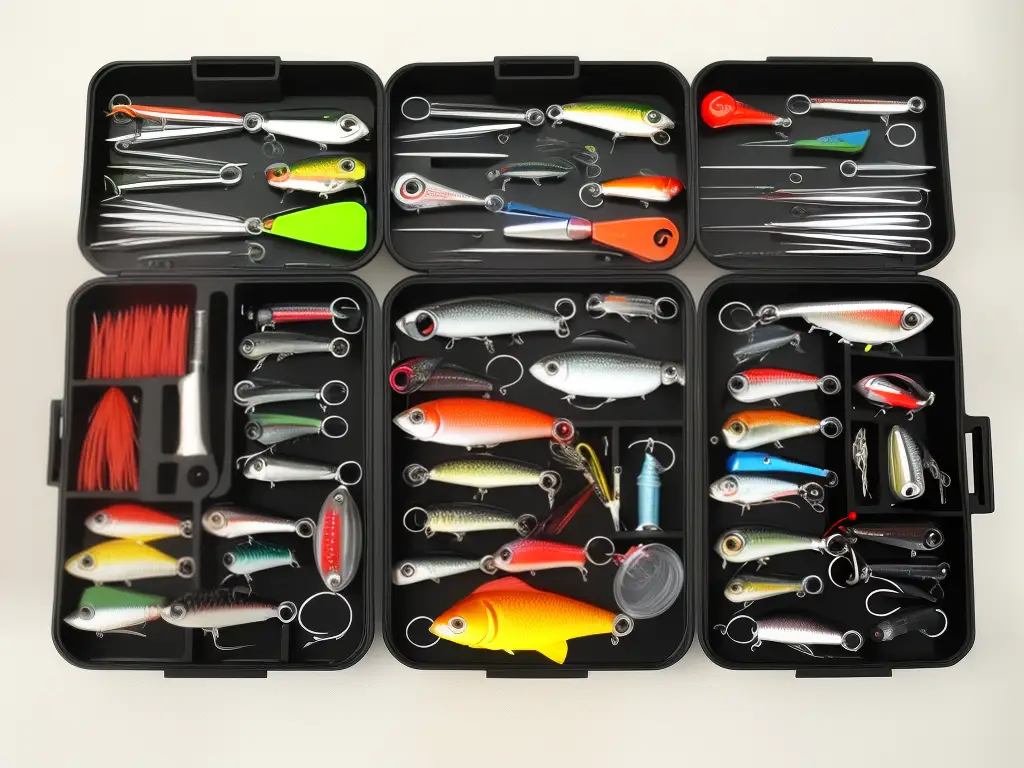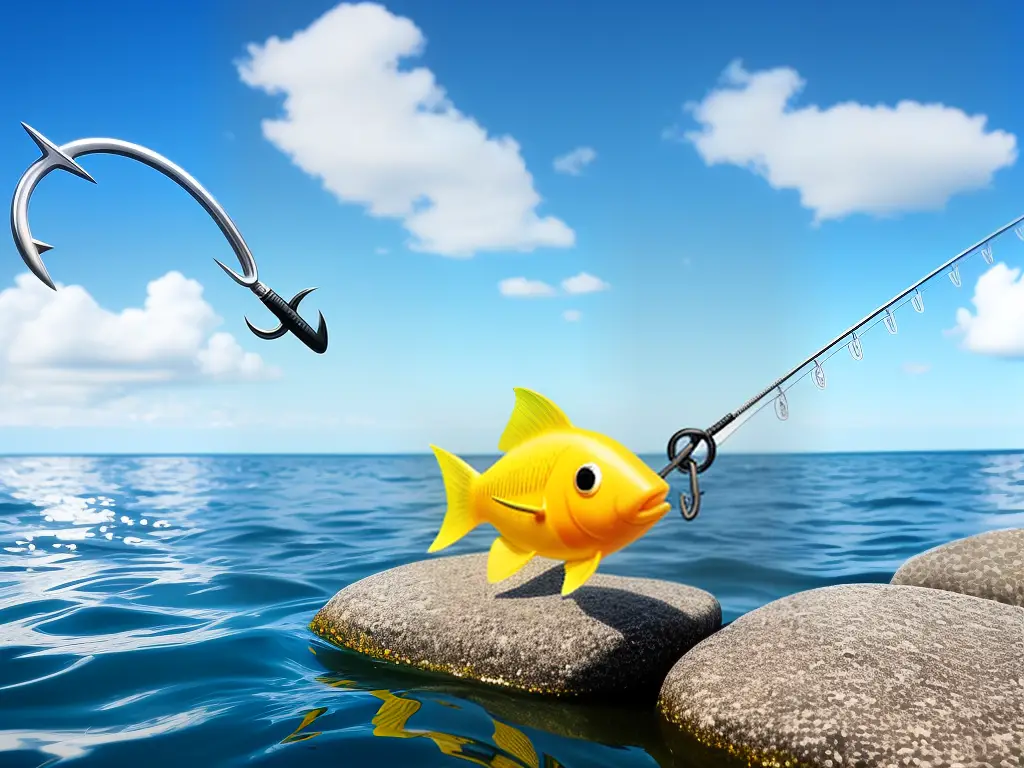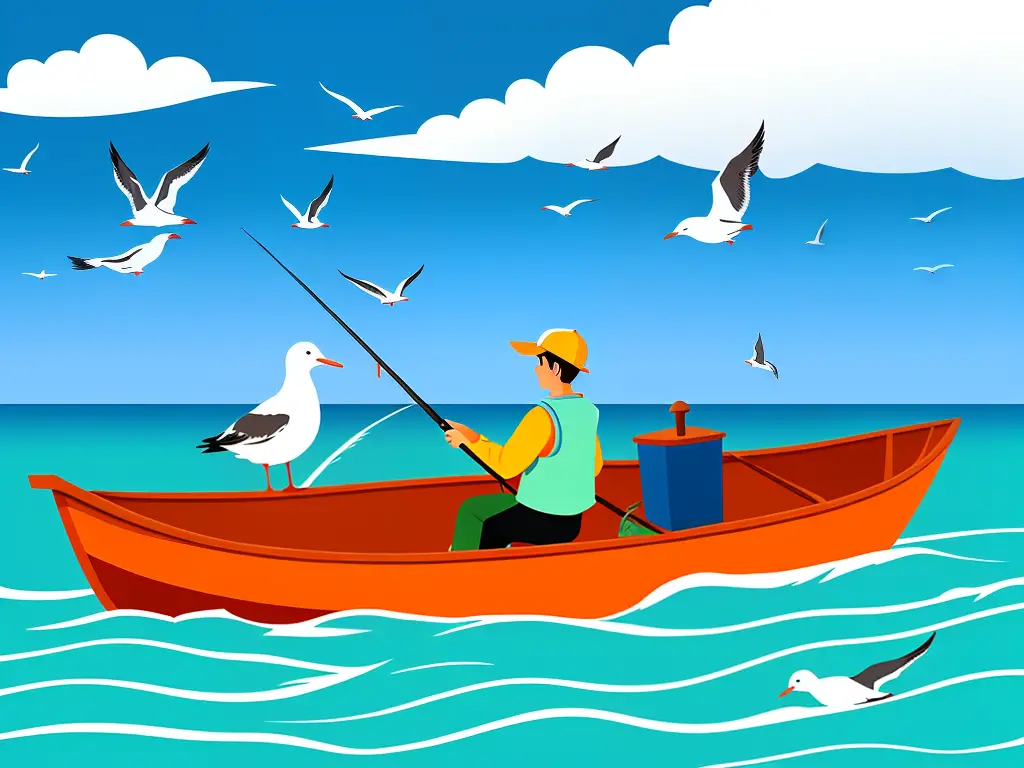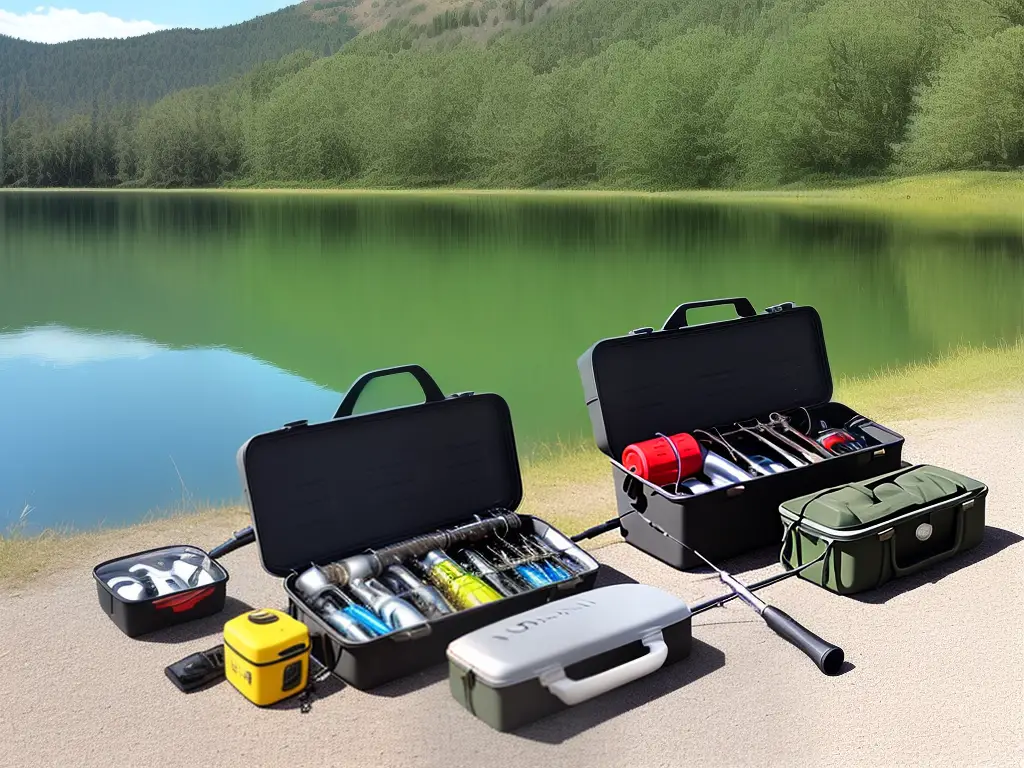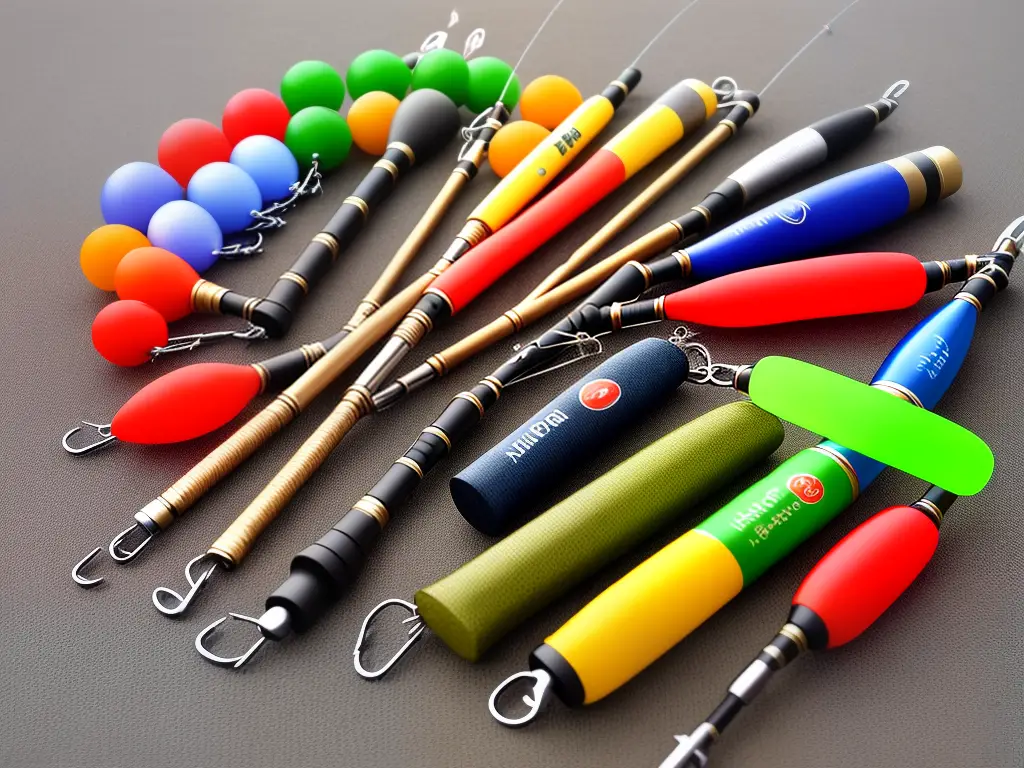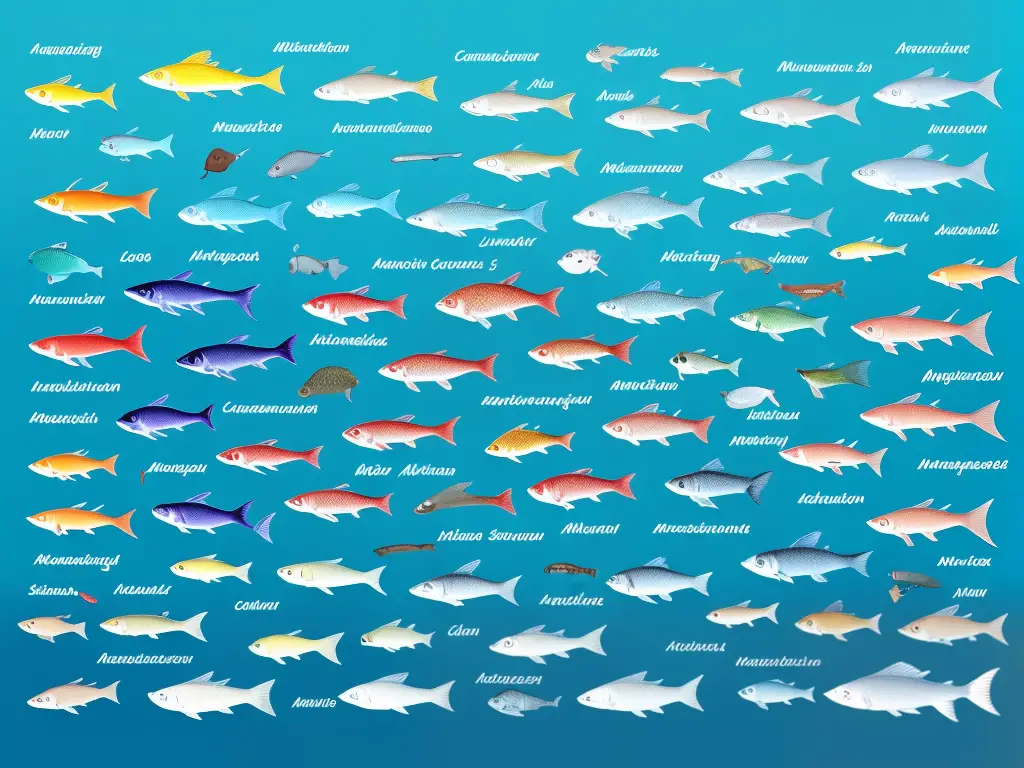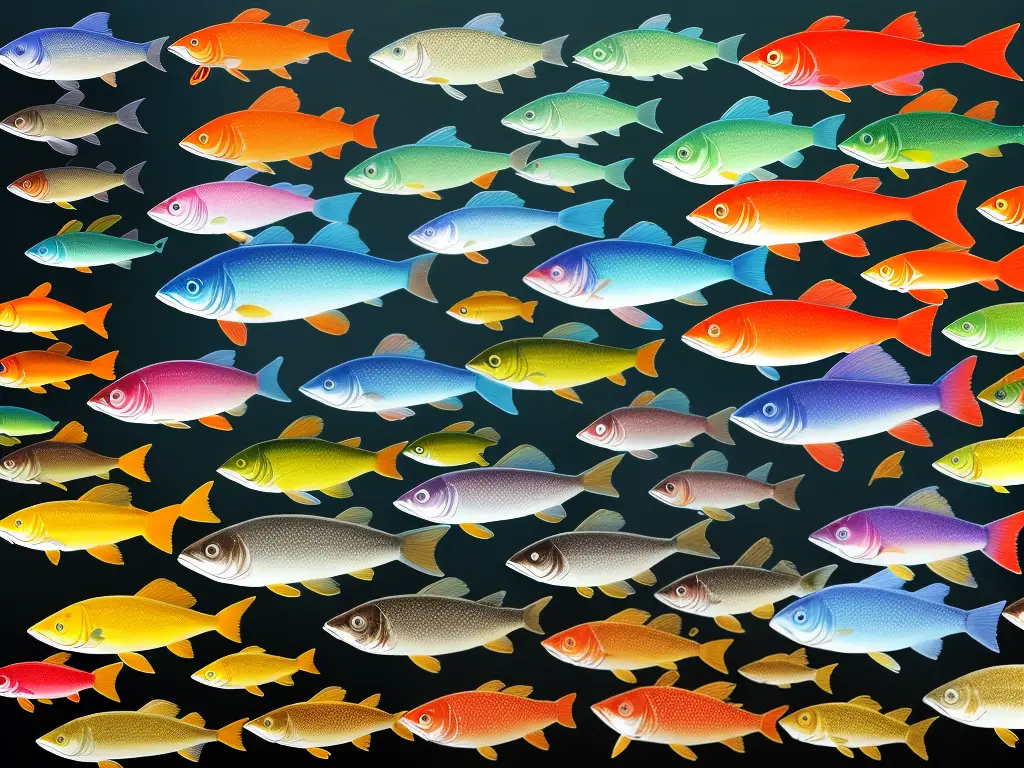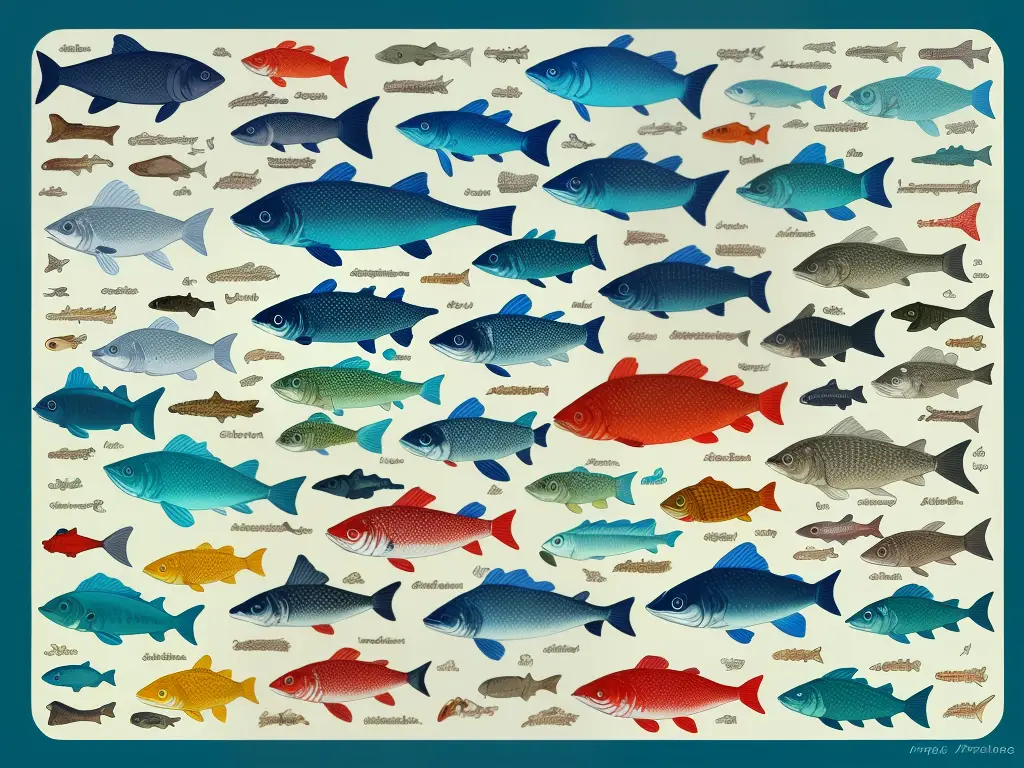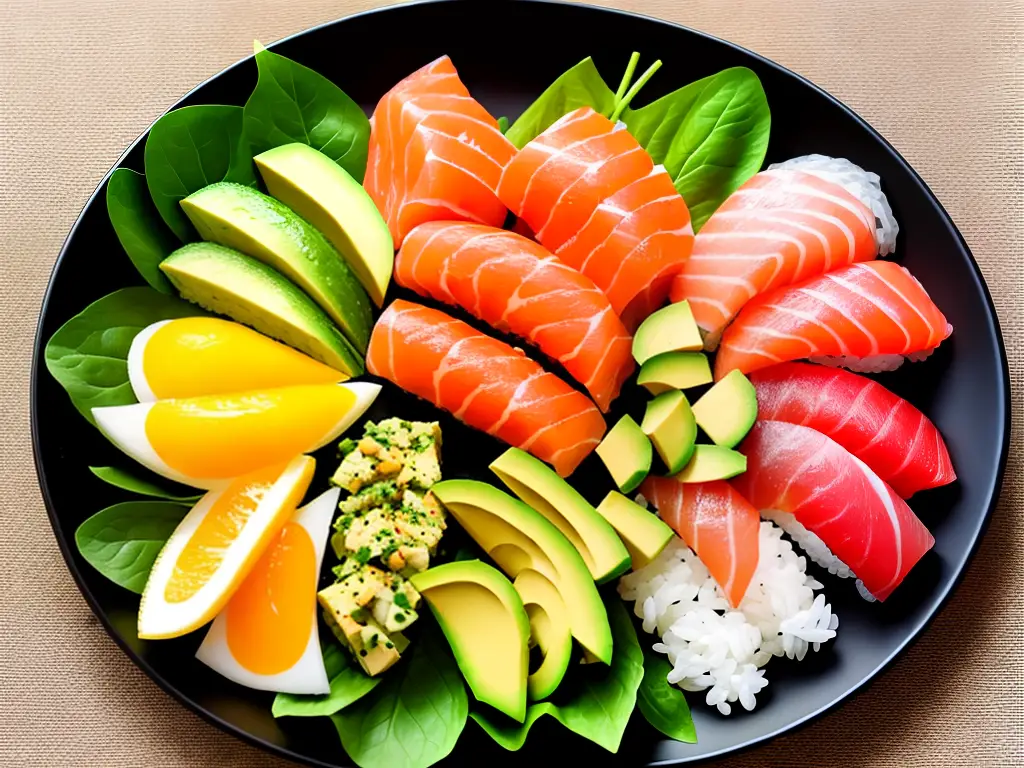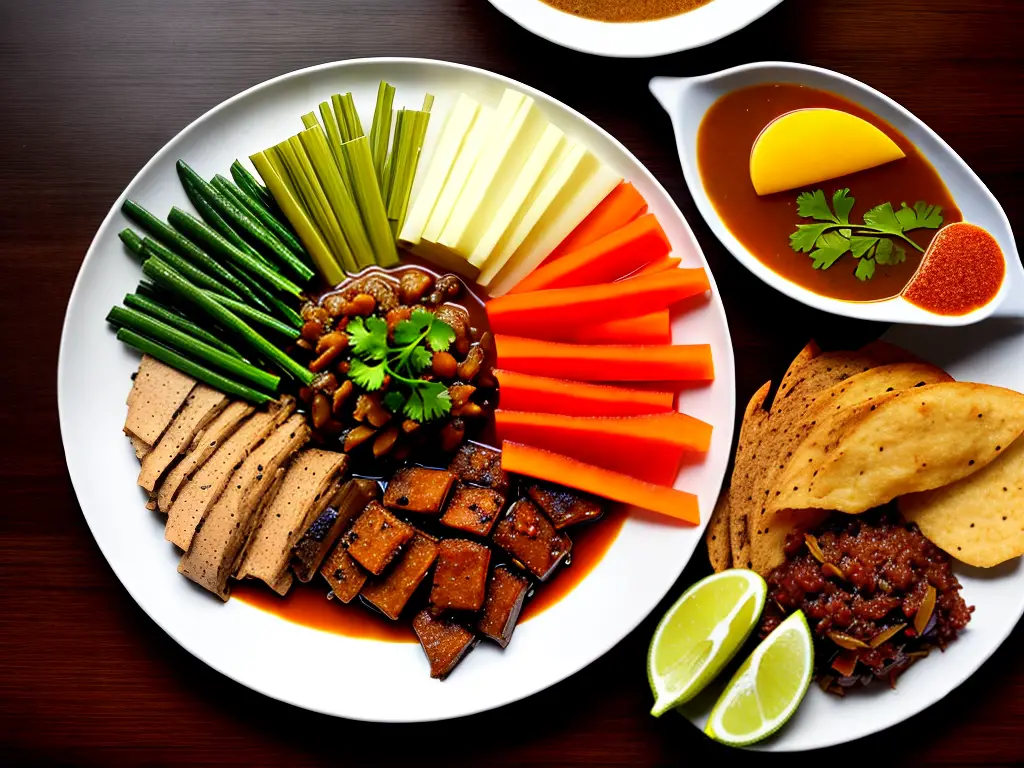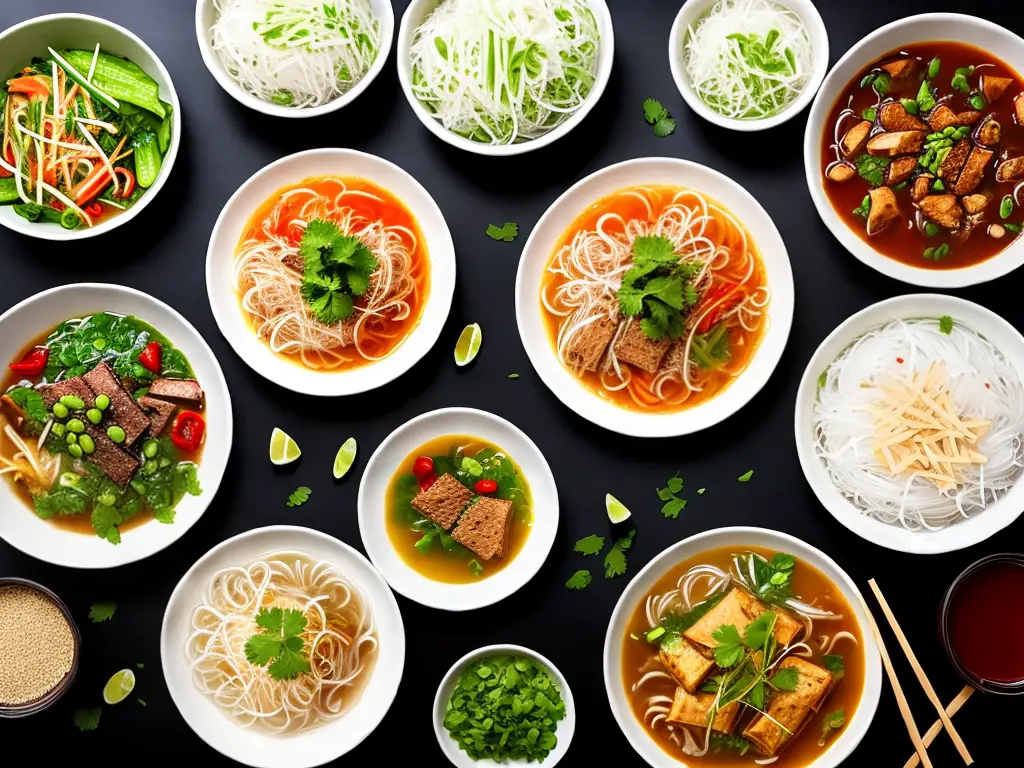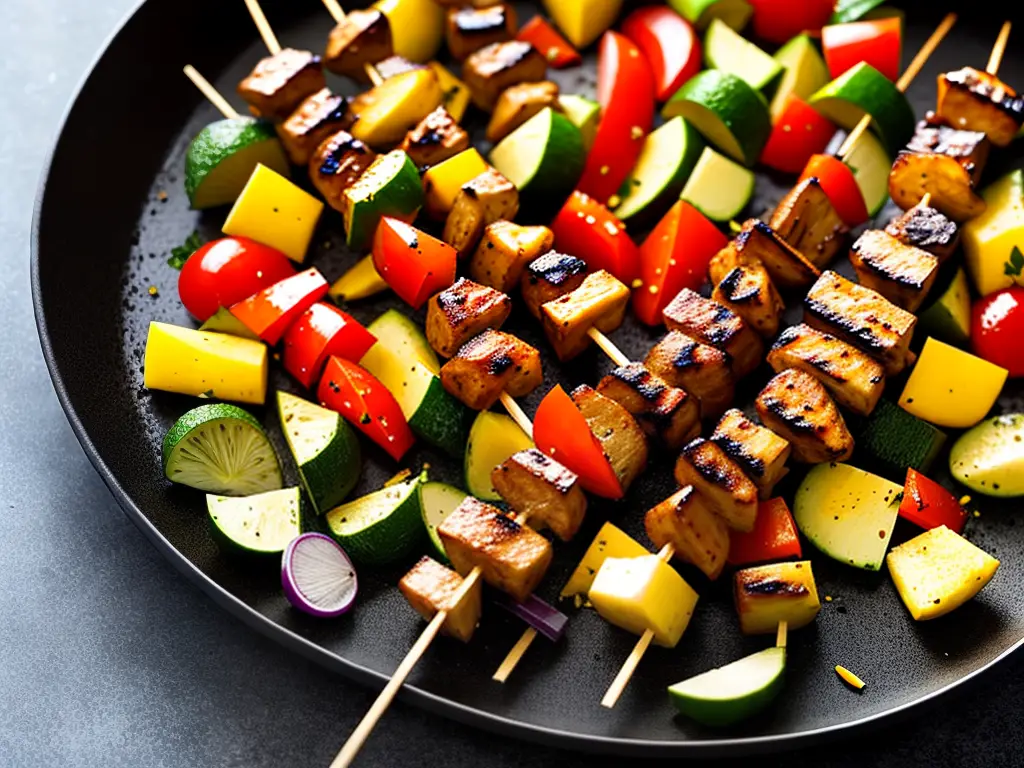Goldendoodles are a popular and beloved hybrid dog breed, known for their intelligence, playfulness, and adorable appearance. One significant aspect of owning a goldendoodle is understanding the various haircut styles and grooming techniques to ensure your four-legged friend looks and feels their best. This essay will delve into the different coat types, haircut styles, grooming tools, techniques, safety precautions, and the benefits of working with both professional groomers and at-home grooming practice for goldendoodles.
Goldendoodle Haircuts
Goldendoodles are a popular and lovable hybrid breed, created from a cross between a Golden Retriever and a Poodle. These dogs were originally bred in the 1990s in an attempt to combine the intelligent, non-shedding coat of a Poodle with the friendly, loyal temperament of a Golden Retriever. Goldendoodles vary in size from miniatures to standard, depending on the size of the Poodle parent. They can weigh anywhere from 15 to 90 pounds and come in various colors such as gold, cream, and red.
Because Goldendoodles are a mix of two breeds, their coats can come in a variety of textures. Some Goldendoodles have a wavy coat, which is a hybrid of the Poodle’s curly fur and Golden Retriever’s straight fur. Others have a curly coat, which more closely resembles that of a Poodle, while still others have a straight coat like a Golden Retriever. The different coat types can play a significant role in determining the appropriate grooming and haircuts for a Goldendoodle.
Goldendoodle haircuts are essential to keep your dog’s coat healthy and to prevent matting. It’s important to know which type of coat your Goldendoodle has, as this will determine the kind of haircut they will need. For wavy and curly-coated Goldendoodles, it’s generally best to keep the fur clipped short, around 1-2 inches in length. This helps keep the coat manageable and less prone to matting. Hair around the face, paws, and hygiene areas should also be trimmed regularly.
For straight-coated Goldendoodles, regular brushing and occasional trimming will suffice to keep their coat healthy and tangle-free. Since their coats resemble those of a Golden Retriever, they don’t require as much extensive grooming as their curly-coated counterparts. However, it is important to still regularly check for any matting or tangles and clip their hair if needed.
Goldendoodles are popular hybrid dogs known for their unique and adorable appearance, primarily due to their coats. They typically have three main coat types: wavy, curly, and straight. Wavy coats are the most common among goldendoodles and are often described as a blend between a poodle’s curly coat and a golden retriever’s straight coat. This coat type has loose, flowing waves and is less prone to matting as compared to the curly coat type.

Types of Coats in Goldendoodles
When it comes to Goldendoodle haircuts, professional groomers are familiar with the different coat types and can help you decide which haircut will best suit your individual dog. In addition to regular professional grooming, it’s important for owners to routinely brush and maintain their Goldendoodle’s coat in between grooming sessions. Investing time in proper grooming not only keeps your Goldendoodle looking its best but also contributes to their overall health and happiness.
Curly coats, on the other hand, are more reminiscent of a poodle’s tight, dense curls. This coat type is considered to be hypoallergenic, as it hardly sheds any hair. Curly coats need more frequent grooming since they are more susceptible to matting and tangles. Lastly, the straight coat type, also known as the flat coat, is closest in texture to the golden retriever’s coat. It is the least common coat type among goldendoodles and tends to shed the most.
Caring for a goldendoodle’s coat is essential in keeping them comfortable, healthy, and looking their best. The wavy coat type benefits from regular brushing to keep the fur tangle-free and healthy. With this coat type, it is recommended to brush the dog at least twice a week using a slicker brush or comb, working from the tips of the fur and moving towards the skin. The curly coat requires more frequent attention, preferably daily brushing to prevent matting. A slicker brush, comb, or even a specialized dematting tool can be helpful for curly goldendoodles.
Bathing is another crucial aspect of coat maintenance for goldendoodles. It is recommended that these dogs be bathed every 3-4 weeks, sometimes more frequently for curly-coated dogs, as dirt and debris can get trapped in their dense fur. Make sure to use a gentle, dog-specific shampoo and conditioner to avoid any skin irritation. After bathing, always properly dry the dog’s coat with a towel or blow dryer on a low heat setting to prevent damp fur from leading to skin irritations or infections.
Goldendoodles are a popular crossbreed known for their friendly nature, intelligence, and of course, their beautiful, wavy or curly coats. As a hybrid breed that comes in a variety of sizes and colors, goldendoodles require regular grooming to keep their coats tidy and healthy.

Popular Goldendoodle Haircut Styles
Various grooming techniques and haircuts for goldendoodles can be used based on personal preference or practicality. The ‘puppy cut’ is a popular all-over trim that maintains a fluffy, even length across the dog’s body. The ‘teddy bear’ cut focuses on trimming the face and muzzle to achieve a round, bear-like appearance, while the ‘lamb’ cut consists of a shorter body trim while keeping longer fur on the tail and legs. Regardless of the haircut style selected, it is crucial to maintain proper coat care by brushing, bathing, and grooming your goldendoodle regularly. This will keep them looking great, feeling comfortable, and avoid any potential health concerns related to poor coat hygiene.
There are several popular haircut styles for goldendoodles, each with its own unique look and benefits. Some of the most common goldendoodle haircut styles include the teddy bear cut, puppy cut, lamb cut, and lion cut.
The teddy bear cut is a popular choice among goldendoodle owners, as it gives the dog a cute, cuddly appearance. This style involves trimming the coat evenly all over the body, usually to a length of one to two inches. The face is shaped to bring out the round, teddy bear-like appearance, with longer hair left around the eyes and nose. This cut is suitable for goldendoodles with both straight and curly coats, as it helps prevent matting and is relatively low-maintenance.
Another common haircut option for goldendoodles is the puppy cut. This style also involves trimming the coat evenly all over the body, but at a shorter length than the teddy bear cut, usually around one-half to one inch. The puppy cut is designed to mimic the soft, fluffy appearance of a young puppy and is appropriate for goldendoodles of any age. This style works well for owners who desire a low-maintenance cut that requires less frequent grooming and is more suited to warmer climates or active lifestyles.
For owners who want a slightly different look for their goldendoodle, the lamb cut is an option worth considering. In this style, the body is trimmed short, typically around one inch in length, while the legs and tail are left a little longer to give the appearance of a lamb’s fleece. The face is typically rounded to complement the overall look. This cut can suit both wavy and curly-haired goldendoodles and is a great option for owners who want a stylish yet manageable trim for their dog.
The lion cut is a more adventurous hairstyle for goldendoodles and is not as common as the other styles mentioned above. This cut is characterized by a short, even trim on the body, leaving a long, flowing mane around the dog’s head, neck, and chest to create a lion-like appearance. The tip of the tail is also left long to resemble a lion’s tail. The lion cut is best suited for goldendoodles with curly coats, as the curls help to create the desired texture in the mane and tail. This haircut style requires more maintenance than the other styles and may not be the most practical option for every dog owner.
In conclusion, goldendoodle owners have various haircut styles to choose from to keep their furry friends looking their best. Each haircut style has its own unique appearance and maintenance level, so it’s essential for owners to consider their dog’s coat type, lifestyle, and personal preferences when selecting a specific style. Proper grooming, including utilizing the right tools, is crucial for maintaining the health and well-being of the goldendoodle breed.

Grooming Your Goldendoodle
When it comes to grooming your goldendoodle and maintaining their chosen haircut, the primary tools you will need include scissors, clippers, brushes, and combs. Scissors will help you trim and shape the coat, while clippers will come in handy for removing large portions of hair or maintaining a specific length. Brushes and combs are necessary for detangling the hair, removing loose hair, and ensuring your goldendoodle’s coat stays in optimal condition between haircuts.
Cutting, shaping, and trimming a goldendoodle’s coat requires the proper technique. It’s vital to work with your dog’s natural coat type: curly, wavy, or straight. To begin, gently brush or comb the hair to remove any tangles and distribute the dog’s natural oils evenly. Start at the base of the coat and work your way outward, moving in the direction of the hair growth. Be cautious not to pull or tug on the hair, as this can cause discomfort and may result in your dog becoming apprehensive about grooming.
When you feel your goldendoodle is relaxed and its coat is tangle-free, it’s time to start trimming. First, decide the desired length you want to achieve. If your goldendoodle has a curly or wavy coat, bear in mind that it may appear shorter due to curl retention. Use a high-quality pair of scissors or clippers with a guard to maintain the desired length. Start at the back of the neck and work your way down towards the tail, always cutting in the direction of the hair growth. For a more natural look, you can blend different lengths by using thinning shears.
Next, focus on the goldendoodle’s face and head. Many goldendoodle owners prefer their dog to have a teddy bear or puppy cut, which requires trimming the hair around their eyes, ears, and muzzle into a rounded shape. Be cautious when trimming around the eyes and ears, as these areas are sensitive and can be easily injured if you’re not careful. To create a rounded appearance, hold the scissors at an angle and use short, sweeping cuts to shape the hair.
Goldendoodle haircuts are essential for maintaining the health and appearance of these popular hybrid dogs. One significant aspect of grooming these adorable dogs is reducing matting and tangles in their coat, which requires regular attention. As a mix between Golden Retrievers and Poodles, Goldendoodles can have various coat textures, from wavy to curly. Nevertheless, the thickness and length of their fur make them prone to the formation of mats and tangles.

How to Prevent Matting and Tangles in Goldendoodle Haircuts
After addressing the issue of matting and tangles in their coat, don’t forget about your goldendoodle’s paws and tail. Trim the hair between the paw pads for cleanliness and comfort, being cautious not to cut too close to avoid injury. For the tail, brush it out and hold it at a comfortable length for both you and your dog. Use scissors to trim the hair to the desired length, tapering the ends to create a fan-like appearance. With patience, practice, and the right tools, you can ensure your goldendoodle looks and feels its best.
In order to prevent matting and tangles, it is crucial to develop a consistent grooming routine for your Goldendoodle. Regular brushing not only helps in keeping the coat healthy and clean but also minimizes the occurrence of tangles. It is recommended to brush your Goldendoodle at least two to three times a week using a slicker brush or a grooming comb. Additionally, regular trims by a professional groomer can help maintain an easily manageable coat length, further decreasing the chances of mats forming.
Focusing on certain at-risk areas on your Goldendoodle’s coat is key to effective grooming. Often, matting and tangles are more likely to develop in areas that experience friction or where there is a higher concentration of hair, such as behind the ears, under the arms, and around the collar. Paying special attention to these areas, and even trimming the hair shorter in those places, can help reduce the likelihood of mats forming.
Bathing your Goldendoodle can also help in preventing tangles and matting, but it is important to do it the right way. Before bathing your pet, make sure to detangle their coat with a brush, as water can make tangles worse. It is also essential to use a gentle, hypoallergenic dog shampoo and conditioner, preferably one designed for curly or long-haired breeds. After the bath, towel dry your pet and use a blow dryer on a cool setting while gently brushing their coat to avoid creating static and frizz, which can lead to tangles.
Ensuring the overall health of your Goldendoodle is an essential aspect of reducing matting and tangles. A nutritious and balanced diet can help maintain a healthy coat and strengthen hair, thereby reducing the risk of tangles. In addition, regular exercise and playtime can reduce anxiety in your dog, leading to less excessive shedding and a healthier coat. By addressing the health and grooming needs of your Goldendoodle, you can help ensure that their beautiful coat remains a source of pride, comfort, and joy for both of you.

Tips for Safe and Effective Goldendoodle Grooming
As part of your Goldendoodle’s grooming routine, it is crucial to take necessary safety precautions to ensure that both you and your furry friend remain happy and healthy throughout the process. When working with grooming tools such as scissors and clippers, always keep your movements controlled and deliberate to avoid accidental injury. For trimming around sensitive areas, like the eyes and the paws, it’s advisable to use rounded-tip scissors. By following these safety tips and dedicating time to regular grooming, you are sure to have a well-groomed and content Goldendoodle.
As you groom your dog, be sure to inspect their skin for any abnormalities or signs of irritation. Look for redness, inflammation, cuts, or bruises that could be aggravated by the grooming process. If you come across any such issue, take a break from grooming until the skin has had time to heal to reduce the risk of infection or further irritation. Additionally, check for ticks, fleas, and other pests that might infest your Goldendoodle’s coat.
These unwanted guests can cause discomfort and potential health problems, so removing and treating them as soon as possible is essential to maintain your dog’s well-being.
Monitoring your Goldendoodle for stress during grooming sessions is another crucial safety measure. If your dog seems anxious or fearful, try speaking in a calm, soothing voice and offer positive reinforcement with treats or praise. Gradually introduce new grooming tools and techniques to familiarize your dog with the process and ensure they feel comfortable. If your dog’s stress continues to escalate, it’s best to take a break from the grooming session and resume later when their stress levels have decreased.
It’s important to learn the correct grooming techniques for maintaining your Goldendoodle’s coat, as improper grooming habits can lead to discomfort and even increased risk of injury or infection. Research the proper way to clip your dog’s nails, trim their coat, and clean their ears, to prevent injury caused by improper technique.
Consulting with a professional groomer or your veterinarian can also provide invaluable guidance on grooming best practices for your Goldendoodle’s specific needs.
As a pet owner, investing in high-quality grooming tools tailored for Goldendoodles can help ensure a safer and more enjoyable grooming experience. When selecting clippers, look for models with adjustable blade lengths, suitable for different coat lengths and types. A slicker brush, with fine wire bristles, is ideal for detangling and removing loose fur from your Goldendoodle. Investing in grooming tools specifically designed for Goldendoodles will make your grooming sessions more efficient and minimize the risks associated with grooming your pet.

Why Hire a Professional Groomer for Your Goldendoodle?
However, it is important to consider the key benefits of hiring a professional groomer for your goldendoodle. This is because Goldendoodles have a distinct coat that is a mix of Poodle and Golden Retriever fur, which requires special care to maintain its health and appearance. A professional groomer is well-versed in the various grooming techniques and tools required, ensuring that your goldendoodle gets the best care possible. Additionally, groomers are trained to handle different dog temperaments, making the grooming experience safe and comfortable for your pet. While investing in specialized grooming tools is essential, the expertise of a professional groomer can greatly enhance the overall care and maintenance of your goldendoodle’s unique hair type.
When looking for a groomer for your goldendoodle, it’s important to consider their qualifications, experience, and the services they offer. You may want to ask for recommendations from fellow goldendoodle owners, your vet, or browse online reviews to find a groomer who specializes in your pet’s specific needs. It’s also critical to ensure that they have a clean, safe, and professional environment for your goldendoodle to reduce the risk of injury or infection. You may wish to schedule a consultation with a potential groomer to evaluate their facilities, discuss your needs, and get a feel for their approach to working with your pet.
Effectively communicating your desired haircut style to a professional groomer is essential to achieving the look you want for your goldendoodle. It’s a good idea to familiarize yourself with the different goldendoodle haircut styles, such as the teddy bear, puppy cut, lamb cut, or the kennel cut. Bringing photos or visual references of your preferred style can help ensure that you and your groomer are on the same page. Be specific about the length and shape you desire, as well as any special requests you may have, such as trimming around the eyes, sanitary areas, or toenail length.
Another aspect to consider when working with a professional groomer is the maintenance required between grooming appointments. Depending on your goldendoodle’s hair type, you may need to brush or comb their fur regularly to prevent matting and tangles. Your groomer can recommend appropriate tools and techniques for at-home maintenance and may suggest a grooming schedule based on the specific needs of your goldendoodle’s coat. Regular grooming appointments can help improve the overall health and appearance of your goldendoodle’s coat, while also allowing for early detection of any underlying health issues.
Ensuring that your goldendoodle looks its best and maintains a healthy and happy life is important, which is why establishing a strong relationship with a trusted professional groomer is essential. In addition to specialized knowledge and experience in grooming goldendoodles, these groomers are trained to recognize certain skin conditions, ear infections or parasites, and can advise you on potential concerns to discuss with your vet.

Grooming Your Goldendoodle at Home
Grooming your goldendoodle can be a challenging but essential task due to their unique coat that combines the traits of both the Poodle and the Golden Retriever. Taking your dog to a professional groomer is always an option, however, at-home grooming can offer a cost-effective and enjoyable way to bond with your goldendoodle and ensure they are well-groomed. By properly caring for your furry companion’s coat, you’ll be contributing to their overall health and well-being.
One of the first things to consider when grooming your goldendoodle at home is getting the necessary equipment. A few key tools you will need are a grooming table, slicker brush, greyhound comb, grooming shears, electric clippers, and thinning shears. Having the right tools not only ensures a proper grooming session but can also make the process more efficient and enjoyable for both parties.
Before beginning the grooming process, it’s important to take the time to understand your goldendoodle’s coat type. Goldendoodles can have a variety of coat types, including straight, wavy, and curly. Each coat type requires different grooming techniques and routines to keep the hair clean, tangle-free, and healthy-looking. For instance, a curly-coated goldendoodle may require more frequent brushing and shearing to prevent matting, while straight or wavy coated goldendoodles might need less frequent grooming but more attention to trimming around the ears and eyes.
Aside from understanding your dog’s coat type, familiarizing yourself with common goldendoodle haircuts is also important. The most popular goldendoodle haircut is the “teddy bear cut,” which gives the dog a cute, rounded face while keeping the body hair relatively short and even. Another popular option is the “puppy cut,” which maintains an even length of hair all over the body, creating a youthful appearance. The “lamb cut” keeps the hair short on the body but leaves the legs a little longer, giving the dog a more elegant look. By researching different goldendoodle haircut styles, you’ll be better equipped to decide which style best suits your dog’s personality and lifestyle.
Remember that practice makes perfect when it comes to grooming your goldendoodle at home. Goldendoodles are intelligent and sociable dogs, which means they can generally adapt well to grooming routines. However, it’s important to be patient and gentle during each grooming session, rewarding and reassuring your dog throughout the process. If you’re unsure about a specific haircut or technique, consider reaching out to a professional groomer for guidance or watching instructional videos online. By investing time in honing your grooming skills, you can rest assured knowing your goldendoodle will be looking and feeling their absolute best.

After exploring the world of goldendoodle grooming and haircuts, it’s clear that maintaining a healthy and attractive coat is essential for this charming breed. By understanding the unique haircut styles, grooming techniques, tools, and safety precautions, you can ensure your furry companion receives the optimal care they deserve. Whether you decide on a professional groomer or hone your at-home grooming skills, prioritizing your goldendoodle’s well-being and appearance is a crucial part of responsible pet ownership, creating a happy and well-groomed dog for years to come.
























